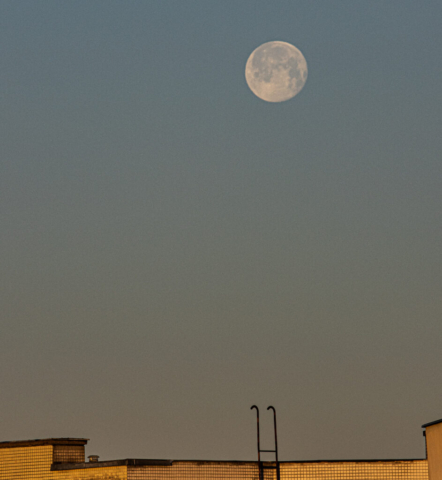Finally geboostert, as they say around here.
This time, I did not want to be caught unawares with insufficient clothing for queueing up outdoors for hours at the mercy of the elements, so I dressed as for bivouaking on the North Pole, including boots of a model sort of the last stop before moon boots, and armed myself with an extra shawl and some hot, spiced tea. So the queue was inside a well-heated shopping mall ….. I thought I was going to melt and was glad the whole thing went unexpectedly quickly.
In the meantime, in the name of “things I can photograph without leaving home”, I took these:
So now I can focus on the quiet time coming up. A non-believer, Christmas means nothing to me (other than an excuse for some good food and wine :-)), and since I moved to Berlin, every 24 December I have either had a few friends over for a “this is NOT Christmas dinner” dinner or I have eaten in a restaurant with one or two friends. This time, for the second time, like for just about everybody else, will be different. I guess this year I could have had a couple of people round, or even gone out, but with omicron looming, and only receiving the third vaccination on 22 December, I decided against it.
That means again a whole duck to myself, which means leftovers for several days. Yaay. I have to make life easy for myself for the next three weeks. My dog walker is going on holiday, so for fifteen days, Max’s exercise regime will be my responsibility and mine only 🙂 – seven days a week instead of five. And no public transport till 5 January (i.e. two weeks after my third vaccination) – or even longer if the omicron situation gets out of control, so we will be visiting all the same-old-same-old dog parks within walking distance.
Anyway, where was I – I love duck and can eat it any time of year. For the third year, it is a bird acquired via a friend of a friend, that has had a happy bio-upbringing somewhere in Brandenburg. I will roast it this way.
(I actually bought two ducks and will cook the other one this way some time during the winter).
To accompany it, I will try a recipe which can also easily serve as a meatless dinner in its own right:
- 600 g mushrooms (the original recipe calls for mixed mushrooms, cleaned, trimmed and halved or quartered but this time I will probably just use dried shiitake)
- 2 red onions, chopped
- 2 cloves garlic, chopped
- 200 g chestnuts (prepared, vacuum packed)
- Marjoram
- 125 ml white wine
- 250 ml cream (I am using sour cream – I am not fan of cream at all, actually find it a bit disgusting, especially in savoury dishes)
- 1 l vegetable stock
- 2 tblsp cashew butter
- 1 tsp thyme
- 150 g polenta
- 2 tblsp sugar
- 50 g hazelnuts, lightly roasted.
- 2 tblsp olive oil
- 50 g parmesan
Polenta: Bring 700 ml stock to the boil. Add thyme and one garlic clove. Stir in polenta, salt and pepper and mix well. Take off the heat, cover and leave to rest for ten minutes.
Ragout: Fry onion, the other garlic clove and chestnuts briefly, add mushrooms and sautée on medium heat for five minutes. Season with salt, pepper and marjoram. Add white wine, stir, then cream and 300 ml stock. Simmer for a couple of minutes, then stir in cashew butter. Keep warm.
Back to the polenta: Stir in the olive oil, whisk, and add water if needed. Serve with the ragout, hazelnuts, and grated parmesan.
And perhaps a variation of this as a side:
https://www.olivemagazine.com/recipes/quick-and-easy/sprouts-with-ginger-and-orange/

















